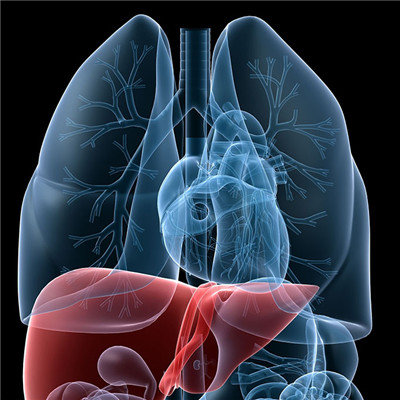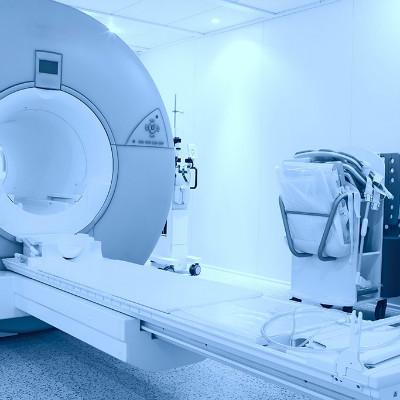Is the mass getting bigger? Is it serious?
summary
Is the mass getting bigger? Is it serious? The doctor is according to the tumor staging and symptomatic treatment, if the tumor staging is not the same, the final effect is also very different, for the same kind of tumor, the effect of early staging is much better than that of late staging“ However, the staging, benign and malignant of tumors need to refer to multiple indicators for comprehensive judgment, not based on simple "size".
Is the mass getting bigger? Is it serious?
Taking breast cancer as an example, if the diameter of the lesion is less than 2 cm, the regional lymph node has no metastasis, and there is no distant metastasis, then it can be determined as stage I breast cancer. For this early breast cancer, if timely diagnosis and treatment, its 5-year survival rate can reach 94%. However, if the tumor volume "grows up" and the diameter of the lesion is more than 5 cm, even if there is no regional lymph node metastasis or distal metastasis, the staging will be "upgraded" to stage II, and the 5-year survival rate will be reduced to 85%.

But once the tumor is "encamped" in other places, no matter how small the original "base camp" is, it can be determined as advanced. For example, some patients with renal cell carcinoma should be diagnosed as stage IV renal cell carcinoma (t1n0m1) even if the primary lesion is less than 1 cm, but there is a metastatic lesion in the lung or brain. At this time, the treatment can only improve the quality of life and prolong the survival time of patients. In contrast, patients with a diameter greater than 7 cm, no lymph node metastasis or distant metastasis, but the tumor is confined to the kidney, can be identified as stage II renal cell carcinoma (t2n0m0), and the 5-year survival rate can reach more than 80%.

Of course, there is no lack of "large" benign tumors in clinic. For example, some soft tissue tumors are often very large, even tens of centimeters in diameter, and weigh tens of Jin. The final diagnosis is a benign tumor, while some "small" microcarcinomas are highly malignant due to their pathological characteristics. Such differences stem from the characteristics of cancer cells themselves. This is why some tumors develop very fast and seriously affect human health, while others are the opposite.

matters needing attention
According to the nature of different masses, corresponding treatment is needed. "If it is considered as a benign mass, it can be followed up, or it can be removed in the outpatient department, and then sent to the pathological examination."; If normal, no further treatment is needed. If it is suspected to be a malignant tumor and it is confirmed by rapid pathological examination, radical mastectomy must be performed immediately. Patients should be prepared for radical mastectomy (including economic, physiological, psychological and working aspects)















